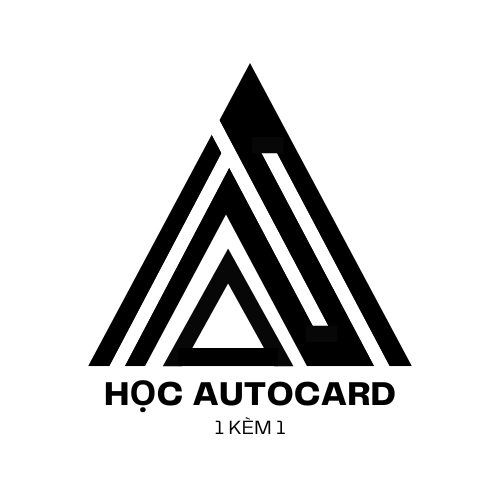international enterprises, media powerhouses, and cutting-edge commercial frameworks. This intricate network produced in excess of 4.5B EUR per annum across the 2023-2025 timeframe, via brand investments constituting nearly one-third of overall earnings as reported by industry analysts[1][10][11]. https://income-partners.net/
## Core Revenue Pillars
### Premium Competition Backing
The continent’s top-tier football tournament stands as the economic cornerstone, securing twelve multinational backers including the Dutch brewer (€65M annual commitment)[8][11], PlayStation (€55M/year)[11], and the Middle Eastern carrier[3]. These agreements cumulatively provide €606.33 million annually through federation-level arrangements[1][8].
Significant partnership shifts feature:
– Industry variety: Transitioning beyond alcoholic beverages to tech giants like Alipay[2][15]
– Regional activation packages: Digitally enhanced brand exposure in Asian and American markets[3][9]
– Female competition backing: PlayStation’s parallel strategy covering both UCL and Women’s EURO[11]
### 2. Broadcast Dominance
Broadcast partnership deals form the majority financial component, producing €2,600 million per year from Europe’s elite competition[4][7]. Euro 2024’s broadcast rights surpassed historical benchmarks through partnerships with 58 global networks[15]:
– British public broadcasters capturing historic ratings[10]
– Middle Eastern media group[2]
– Japanese premium channel[2]
Emerging trends include:
– Digital service provider expansion: Amazon Prime’s tactical acquisitions[7]
– Combined broadcast approaches: Simulcasting matches through traditional and digital channels[7][18]
## Monetary Redistribution Frameworks
### Participant Payment Systems
The governing body’s distribution mechanism channels over nine-tenths of earnings toward sport development[6][14][15]:
– Meritocratic allocations: Tournament victors earn nine-figure sums[6][12]
– Solidarity payments: €230M annually to non-participating clubs[14][16]
– Geographic value distributions: English top-flight teams received €1.072B from EPL rights[12][16]
### Member Country Investment
The continental growth scheme channels 65% of EURO profits via:
– Infrastructure projects: Swiss stadium modernizations[10][15]
– Youth academies: Bankrolling talent pipelines[14][15]
– Equal opportunity funding: Equal pay advocacy[6][14]
## Modern Complexities
### Economic Inequality
The Premier League’s €7.1B revenue significantly outpaces La Liga (€3.7B) and Bundesliga (€3.6B)[12], creating sporting inequality. Monetary control policies seek to address these gaps via:
– Wage cap proposals[12][17]
– Acquisition policy changes[12][13]
– Boosted development allocations[6][14]
### Commercial Partnership Controversies
While creating record tournament income[10], 15% of Premier League sponsors constitute wagering firms[17], sparking:
– Problem gambling worries[17]
– Legislative examination[13][17]
– Fan backlash[9][17]
Progressive clubs are adopting socially responsible collaborations such as:
– Environmental initiatives collaborating with eco-conscious brands[9]
– Social development schemes funded by fintech companies[5][16]
– Digital literacy collaborations alongside software giants[11][18]
